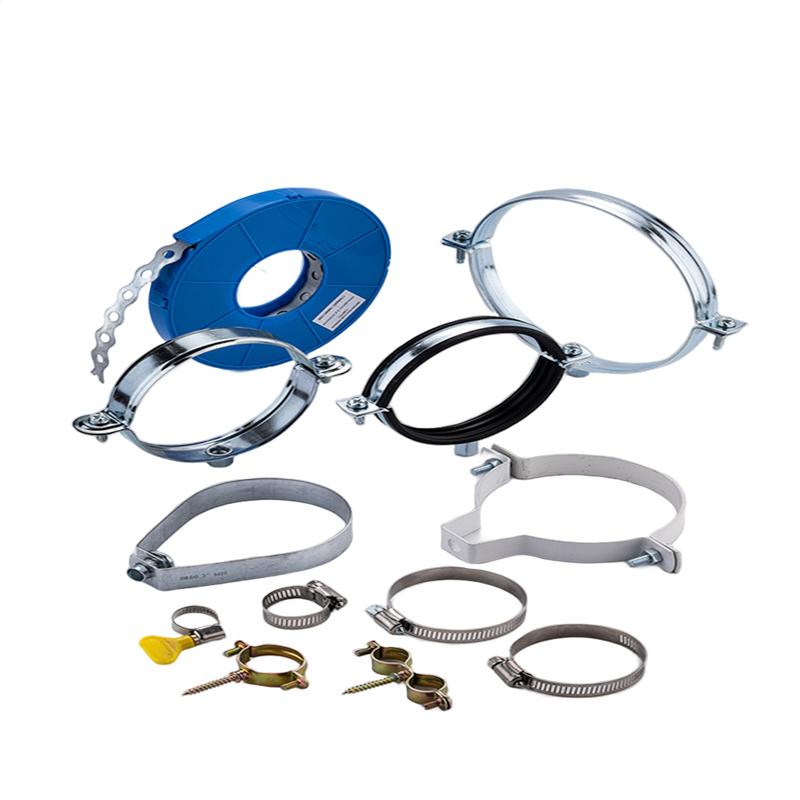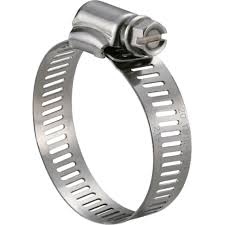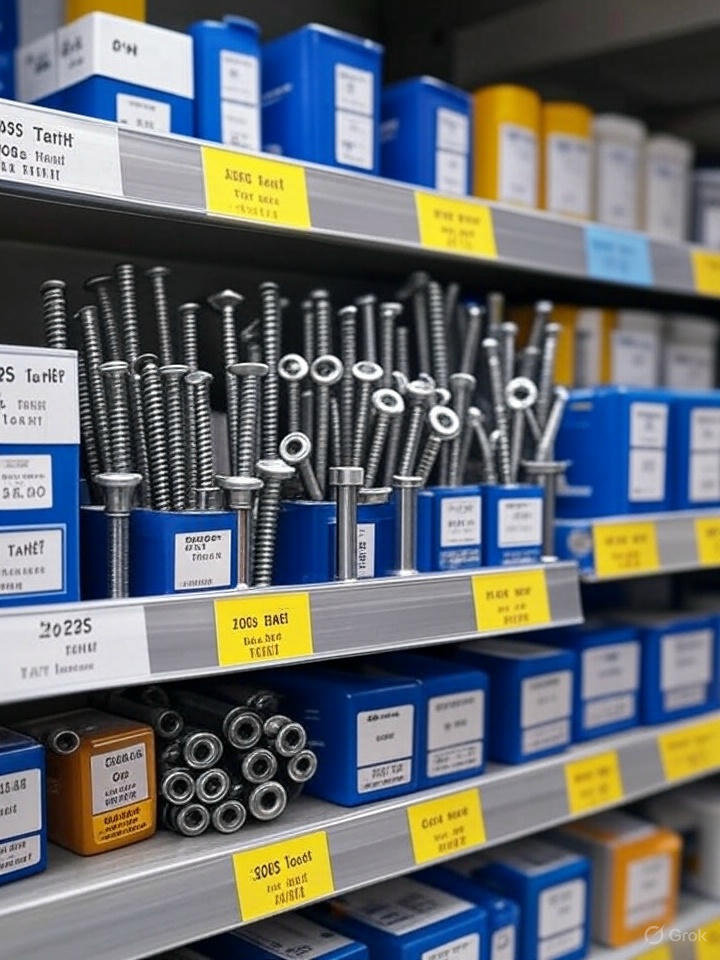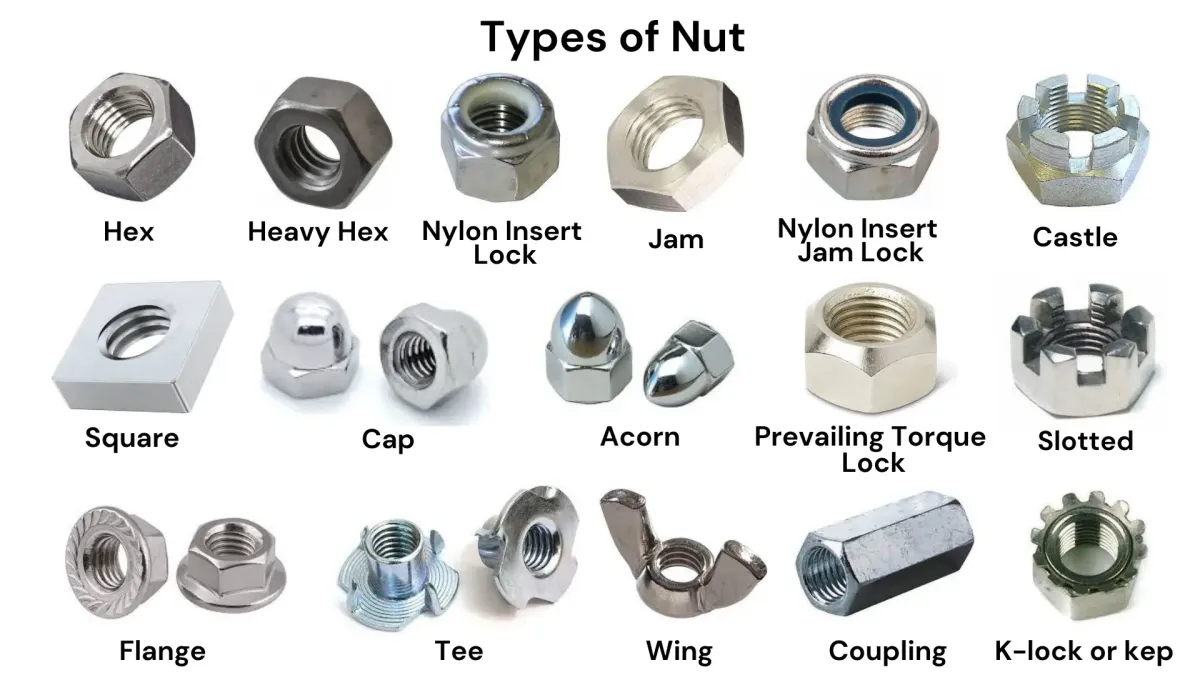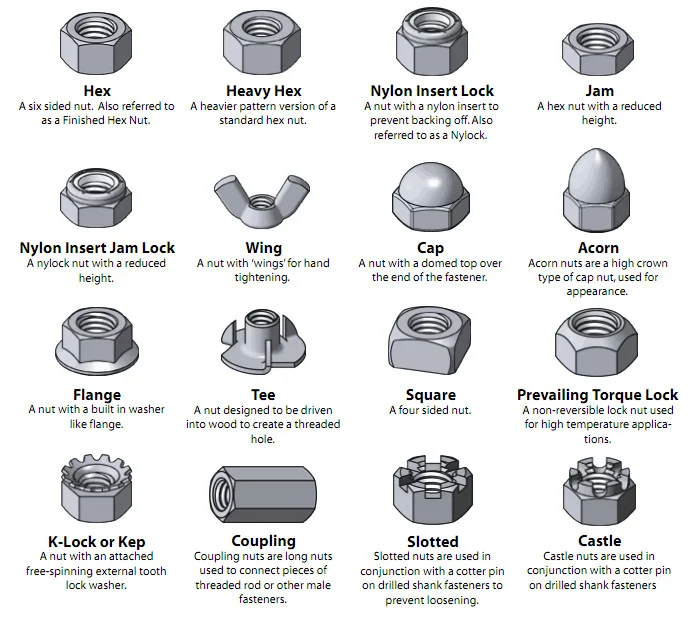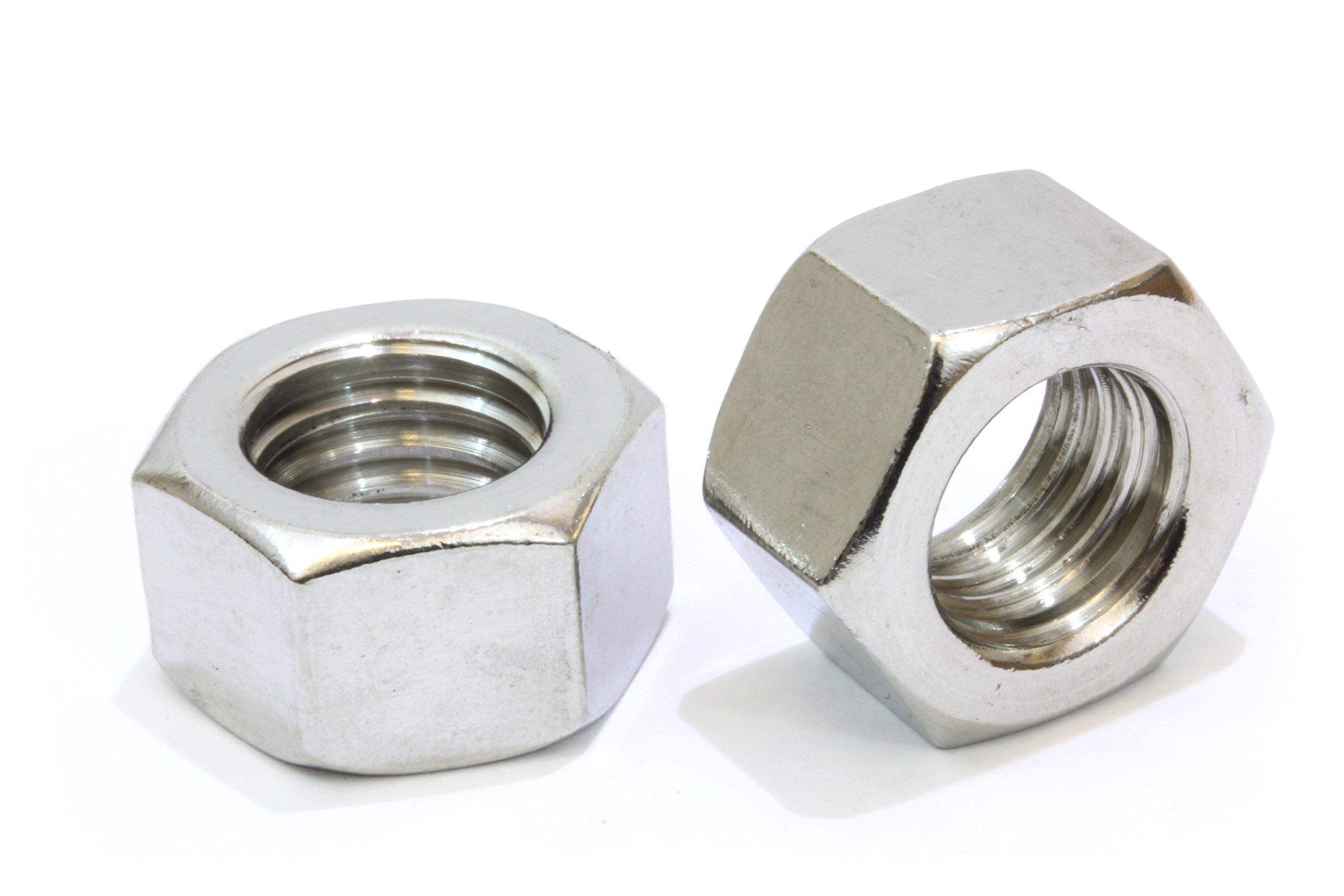What Is an Eye Hook Screw?
An eye hook screw, often simply called an eye screw, is a type of fastener that features a loop or "eye" at one end and a screw thread on the other. This makes it highly versatile for various applications, including securing cables, ropes, and chains or suspending objects from walls, ceilings, or other surfaces. Eye hook screws are commonly found in construction, home improvement, and even crafting projects. Their design ensures a secure hold, especially when used within the right environment and installation guidelines.
What Are Eye Hook Screws Used For?
Eye hook screws are incredibly versatile, which makes them suitable for a range of tasks. In construction and carpentry, they are often employed to suspend materials such as lights, plants, or equipment from ceilings. They are also widely used in outdoor applications, such as attaching tarps, securing tents, or anchoring outdoor furniture. For those in the world of DIY, eye hook screws are invaluable for hanging décor items like frames, mirrors, or even outdoor garden decorations. Their ability to handle both weight and tension gives them an edge in many scenarios, ensuring that users have a reliable fastening solution.
What Materials Are Eye Hook Screws Made From?
Eye hook screws are available in a variety of materials to suit different use cases. Stainless steel is a popular choice due to its resistance to rust and durability, making it suitable for outdoor and marine environments. For indoor use or lightweight projects, screws made from zinc-plated steel or even brass can be an effective option. Additionally, eye hook screws come in different sizes and thread types, allowing for customized use depending on load-bearing requirements and the material into which they are being screwed.
How Do You Install an Eye Hook Screw?
Installing an eye hook screw is a straightforward process, but it does require some preparation to ensure it is secure. First, you need to determine the most appropriate location for installation and make sure the surface can support the intended weight. Using a drill or a similar tool, create a pilot hole if you are working with wood or other solid materials. This allows the screw to go in more easily and minimizes the risk of splitting the wood. Once the hole is ready, manually twist the eye screw into the hole, ensuring it is as tight as possible. Using a screwdriver through the loop can help you apply leverage if the screw is difficult to turn manually.
Are Eye Hook Screws Safe to Use?
Eye hook screws are designed for safety and reliability, provided they are used within their intended weight limits and properly installed. It is essential to match the size and material of the screw to the task at hand. For heavy-duty applications, selecting a high-quality stainless steel eye hook screw is recommended. Always avoid overloading an eye hook screw, especially if it is used to suspend valuable or heavy objects. Regular inspections should also be carried out to ensure the screw and its surrounding surface remain in good condition over time.
Can You Use Eye Hook Screws Outdoors?
Yes, eye hook screws can be used outdoors, provided they are made of rust-resistant materials such as stainless steel or galvanized steel. These materials are specifically designed to withstand exposure to weather elements, including rain and humidity. For outdoor installations, it’s crucial to ensure the screw is anchored securely into a stable material, like a wooden beam or a concrete anchor point. Avoid using eye hook screws made of non-rust-resistant metals in outdoor settings, as they may corrode over time, compromising their strength.
Where Can You Buy Eye Hook Screws?
Eye hook screws can be found at most hardware stores, home improvement centers, or online retailers specializing in tools and fasteners. They are available in a range of sizes, materials, and finishes to meet different needs and budgets. Whether you’re a professional contractor, a DIY enthusiast, or someone simply looking for reliable fasteners for a specific project, eye hook screws are an indispensable addition to your toolkit.


